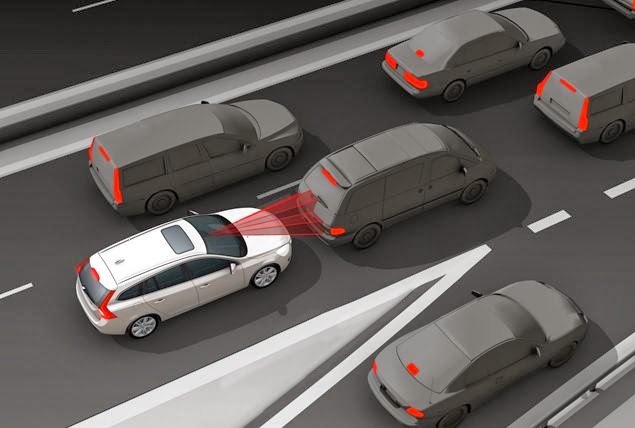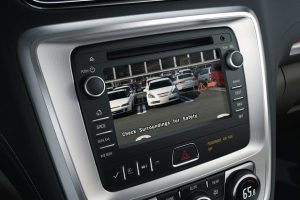June 22, 2016

Shop according to your needs when you buy a new car. This means checking out the size, the interior and the driving features that can suit your day-to-day needs. Another important aspect of the inspection process should be to check out the safety features the car has to offer. Not all cars offer the same basic package, but investing in a vehicle that can meet such needs can provide you and your passengers with more security on the road.
The tire pressure monitoring system, abbreviated as the TPMS, is an advanced monitoring system that allows drivers to figure out which tires are low on pressure. This can be an excellent addition to a car's repertoire for drivers who are not frequent in their tire pressure inspections. If you drive a lot during extreme weather conditions, this system can also help you stay on top of sudden leaks or tire failures.
 Another safety feature that drivers should look into is adaptive cruise control. Earlier cruise control systems simply locked the vehicle in a steady speed, which forced drivers to take control of their cars every time they were stuck in a lane behind a slower vehicle. Newer advancements in cruise control technology have allowed vehicles to automatically slow down in order to provide drivers with a safer following distance on the road.
Another must-have series of safety systems include collision warning and blind spot detection software features. These are crucial because they can provide drivers with the visibility they need to keep up with their blind spots. You can't always see vehicles to your sides and behind you, but blind spot detection programs can make sure that you are always aware of your surroundings, no matter where you drive.
A rollover prevention system is another good feature to consider, particularly for those who frequently drive on freeways and other roads where fast speeds are encouraged. Rollover systems work with sturdily built roll bars and reliable seatbelts to reduce the chances of rollovers occurring. These preventive measures include throttle and brake modulations that improve the overall safety of drivers in all types of driving conditions.
Finally, drivers should invest in brake protection technology. Emergency brake assistance systems include modified anti-lock brakes, which can prevent skidding and the loss of overall traction, assisting drivers when they make panicked stops. This slows and secures the vehicle sooner, resulting in a better and safer emergency stop.
Another safety feature that drivers should look into is adaptive cruise control. Earlier cruise control systems simply locked the vehicle in a steady speed, which forced drivers to take control of their cars every time they were stuck in a lane behind a slower vehicle. Newer advancements in cruise control technology have allowed vehicles to automatically slow down in order to provide drivers with a safer following distance on the road.
Another must-have series of safety systems include collision warning and blind spot detection software features. These are crucial because they can provide drivers with the visibility they need to keep up with their blind spots. You can't always see vehicles to your sides and behind you, but blind spot detection programs can make sure that you are always aware of your surroundings, no matter where you drive.
A rollover prevention system is another good feature to consider, particularly for those who frequently drive on freeways and other roads where fast speeds are encouraged. Rollover systems work with sturdily built roll bars and reliable seatbelts to reduce the chances of rollovers occurring. These preventive measures include throttle and brake modulations that improve the overall safety of drivers in all types of driving conditions.
Finally, drivers should invest in brake protection technology. Emergency brake assistance systems include modified anti-lock brakes, which can prevent skidding and the loss of overall traction, assisting drivers when they make panicked stops. This slows and secures the vehicle sooner, resulting in a better and safer emergency stop.
Tags: car safety , safe car , safety features
Hello {{User.FirstName}} {{User.LastName}}.
You are logged in with email {{User.Email}}.